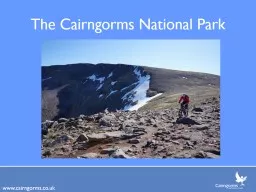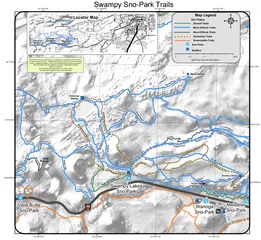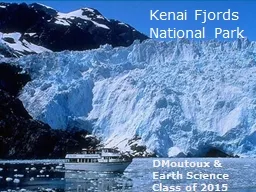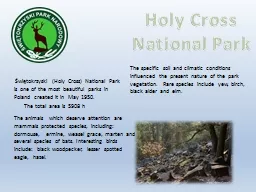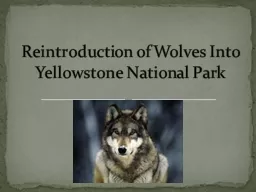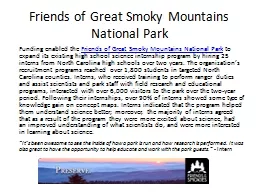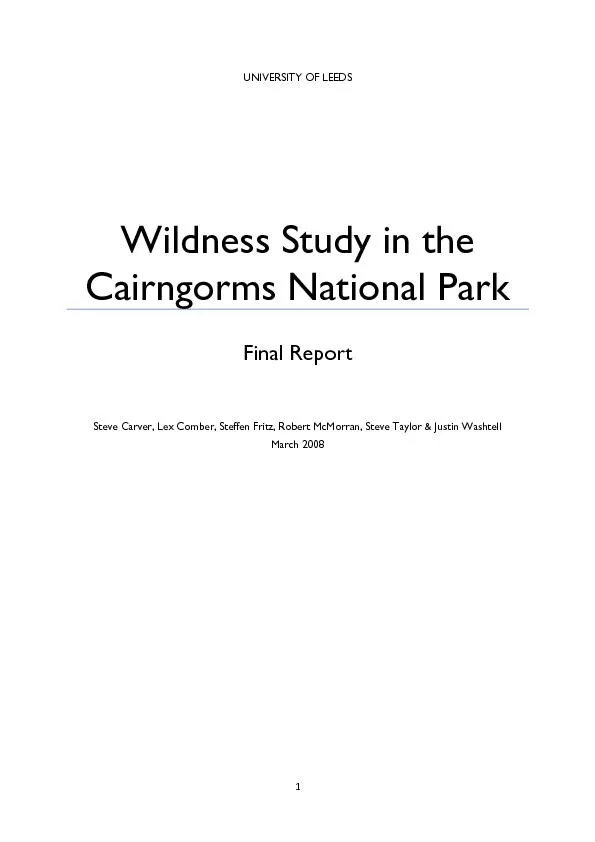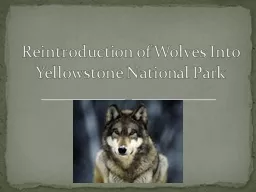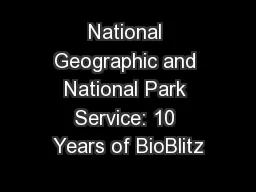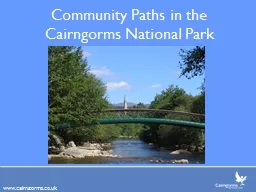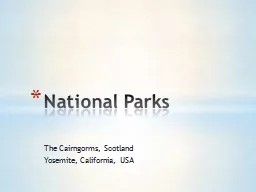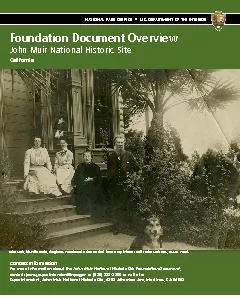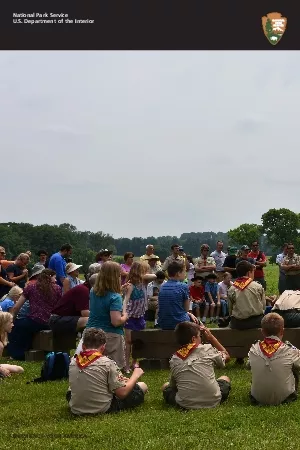PPT-The Cairngorms National Park
Author : tawny-fly | Published Date : 2020-01-12
The Cairngorms National Park Why are the Cairngorms so special It is an iconic landscape covering 4528 square kilometres Has 5 of Scotlands 6 highest mountains
Presentation Embed Code
Download Presentation
Download Presentation The PPT/PDF document "The Cairngorms National Park" is the property of its rightful owner. Permission is granted to download and print the materials on this website for personal, non-commercial use only, and to display it on your personal computer provided you do not modify the materials and that you retain all copyright notices contained in the materials. By downloading content from our website, you accept the terms of this agreement.
The Cairngorms National Park: Transcript
Download Rules Of Document
"The Cairngorms National Park"The content belongs to its owner. You may download and print it for personal use, without modification, and keep all copyright notices. By downloading, you agree to these terms.
Related Documents

